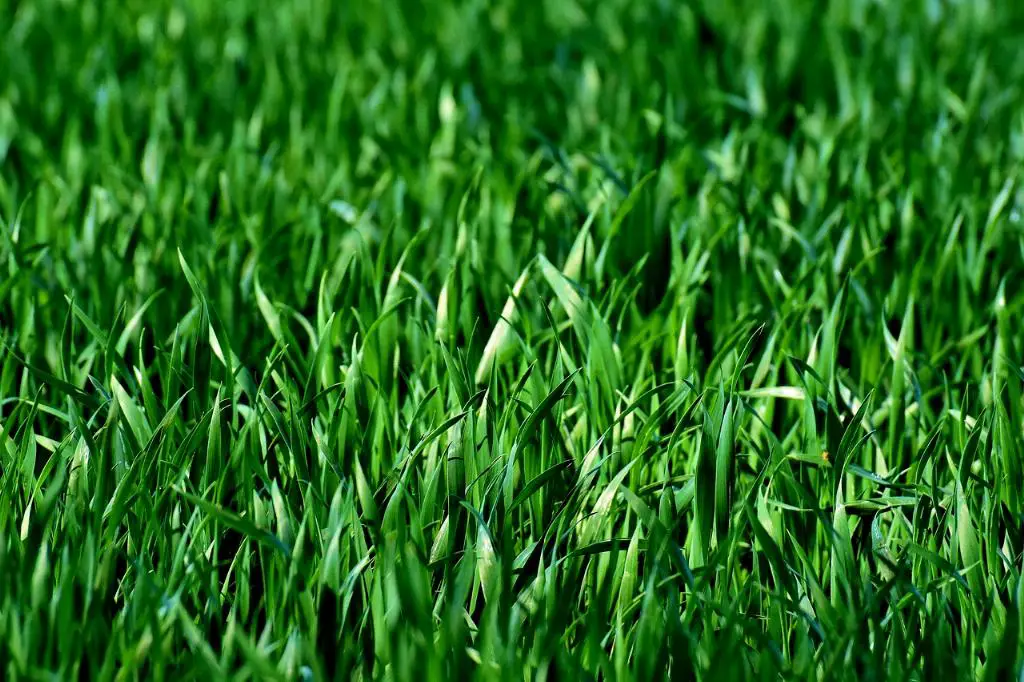If you’re a homeowner in Minnesota looking to keep your lawn healthy and vibrant, one essential task you should consider is dethatching. Dethatching involves removing the layer of dead grass and debris that can build up on your lawn over time, allowing your grass to breathe and grow more effectively. Proper timing is crucial when it comes to dethatching, as doing it at the right time can make a significant difference in the health of your lawn.
One of the best times to dethatch your lawn in Minnesota is during the early spring. This period, typically ranging from early March to early April in the Twin Cities area, is ideal because your lawn is just starting to wake up from its winter dormancy. At this time, the grass is still dormant and has not yet begun to green up, making it the perfect window to remove thatch without causing harm to actively growing grass.
By dethatching your lawn in early spring, you can help your grass to thrive throughout the upcoming growing season. Removing thatch allows essential nutrients, water, and air to reach the grassroots more easily, promoting healthy growth and reducing the risk of issues such as fungal diseases.
It’s important to keep in mind that dethatching is a relatively aggressive lawn care task and should not be done too frequently. Over-dethatching can harm your grass and disrupt its growth patterns. Therefore, sticking to a once-a-year dethatching schedule, ideally in the early spring, can help maintain a balance between a clean, healthy lawn and avoiding damage.
When you decide to dethatch your lawn, it’s essential to choose the right equipment for the job. You can opt for manual dethatching tools like a thatching rake for smaller areas or mechanical dethatchers for larger lawns. Make sure to set the dethatching depth according to your grass type and the severity of thatch buildup to avoid any unnecessary damage.
Before dethatching your lawn, it’s a good idea to prepare the area by mowing the grass slightly shorter than usual. This allows the dethatching equipment to reach the thatch layer more effectively and ensures a thorough removal process. Additionally, it’s crucial to remove any debris, rocks, or other obstacles from the lawn to prevent damage to the dethatching equipment.
After dethatching your lawn, it’s essential to follow up with proper care to help your grass recover and grow vigorously. This may include watering the lawn adequately, fertilizing to replenish nutrients, and overseeding any thin or bare areas to promote new grass growth. By providing proper post-dethatching care, you can set the stage for a lush and healthy lawn in the coming months.
While dethatching in early spring is generally recommended for most lawns in Minnesota, it’s essential to assess your lawn’s specific needs before proceeding. If your lawn has excessive thatch buildup or shows signs of stress, such as compacted soil or poor drainage, dethatching may be necessary at other times of the year. Consulting with a lawn care professional can help you determine the best course of action for your specific lawn conditions.
In conclusion, dethatching your lawn in Minnesota is a crucial step in maintaining a healthy and beautiful lawn. By timing this task correctly, using the right equipment, and providing proper post-dethatching care, you can ensure that your grass thrives throughout the growing season. Remember that early spring is an excellent time to dethatch your lawn, but always be mindful of your lawn’s unique needs and conditions to achieve the best results.

